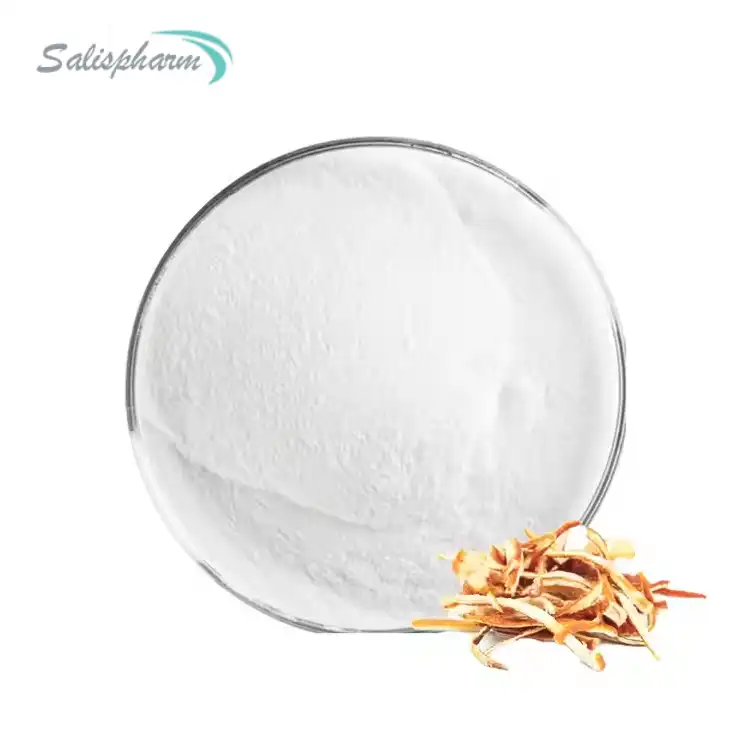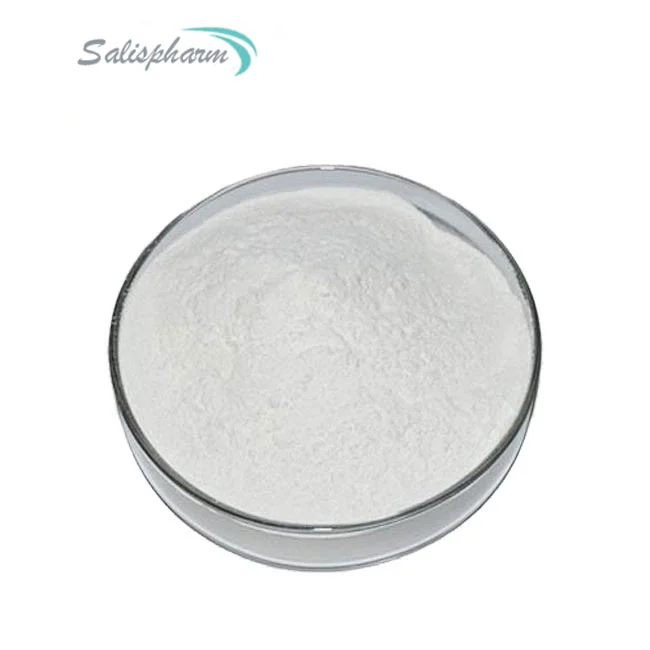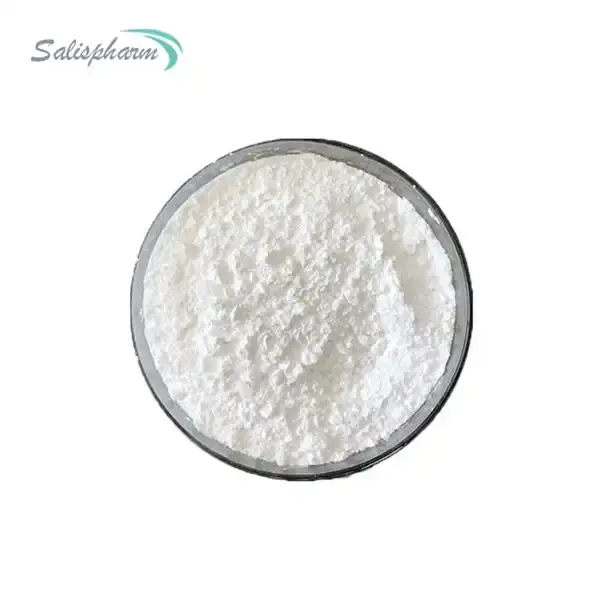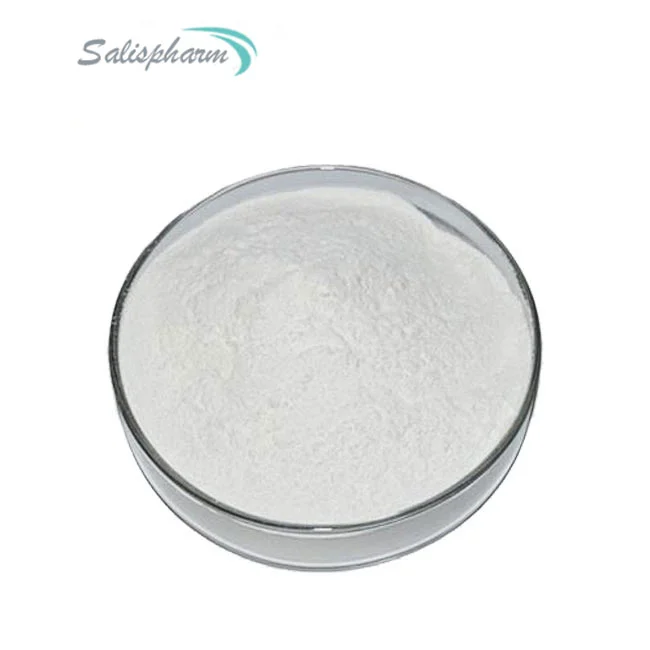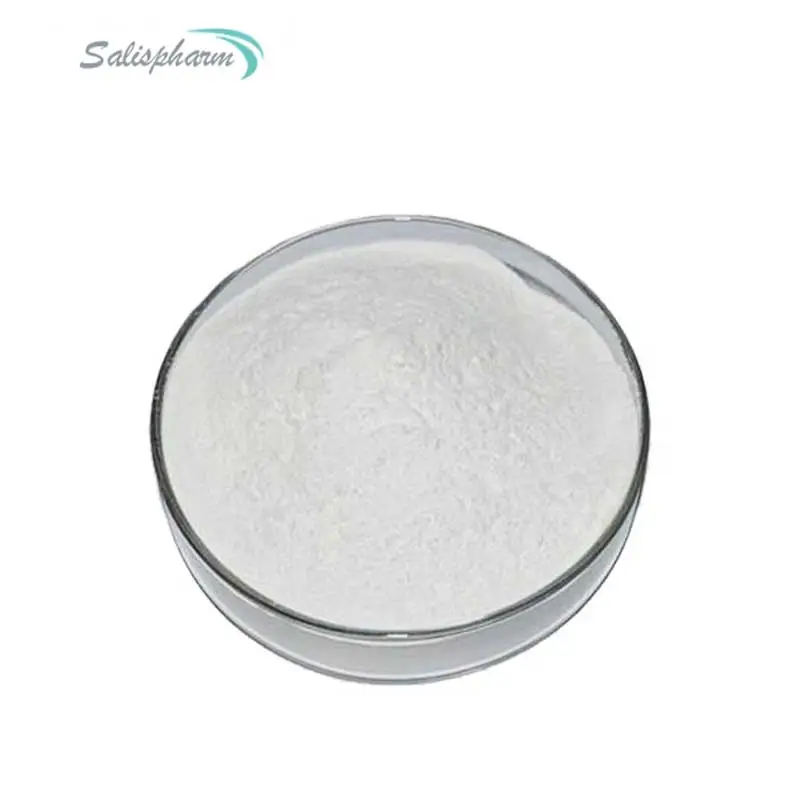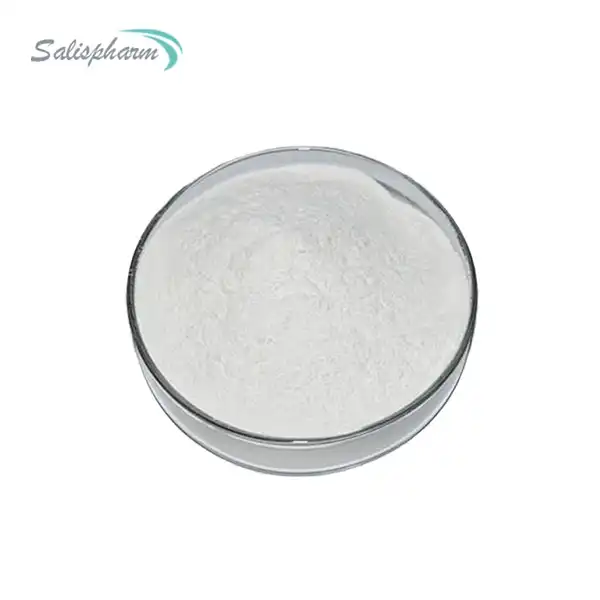Tadalafil powder, known primarily as an active pharmaceutical ingredient in medications for erectile dysfunction and pulmonary arterial hypertension, has a distinct characteristic that often piques the curiosity of both patients and healthcare providers alike: its taste. While the effectiveness of tadalafil in treating its intended conditions is well-documented, the flavor profile of this powder is a topic that doesn't often make it to the forefront of medical discussions. This blog aims to delve into what tadalafil powder tastes like and explore the relevance of taste in the context of medication compliance and patient experience.
How is Tadalafil Powder Used in Medicinal Formulations?
Tadalafil powder is the raw form of the medication tadalafil, which is sold under various brand names, most notably Cialis. In its powdered form, tadalafil is a white or off-white crystalline substance that can be incorporated into different pharmaceutical formulations. The powder is used to manufacture tablets, capsules, oral solutions, and even sublingual lozenges. The process of turning tadalafil powder into a consumable medication involves a series of steps that ensure the powder's stability, bioavailability, and efficacy.
The manufacturing process typically begins with the synthesis of tadalafil powder, which involves a series of chemical reactions and purification steps. Once the desired purity and quality standards are met, the powder is then blended with various excipients, such as fillers, binders, disintegrants, and lubricants, to facilitate the formation of the final dosage form.
For tablets, the blended powder mixture is compressed into the desired shape and size, while for capsules, the powder is encapsulated within a gelatin or vegetable-based shell. In the case of oral solutions, the powder is dissolved or suspended in a suitable liquid medium, often with the addition of flavoring agents and stabilizers.
The use of tadalafil powder in medicinal formulations is governed by strict pharmaceutical standards to ensure that the final product meets the required quality and safety benchmarks. Manufacturers must adhere to Good Manufacturing Practices (GMP) and comply with regulatory guidelines set forth by agencies such as the U.S. Food and Drug Administration (FDA) or the European Medicines Agency (EMA).
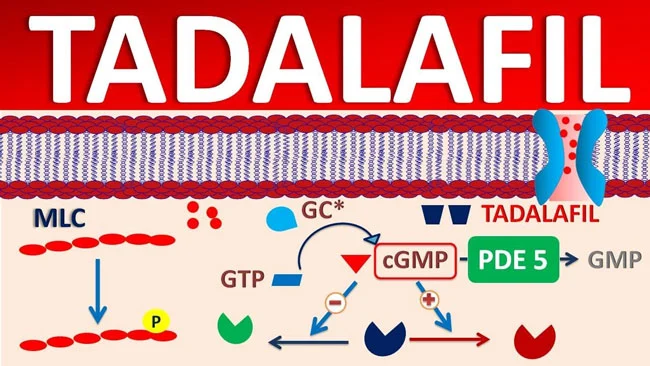
Does the Taste of Tadalafil Powder Affect Its Efficacy?
While the taste of a medication might not directly affect its efficacy, it can play a significant role in patient adherence to treatment. Tadalafil powder, like many active pharmaceutical ingredients, has a taste that some might find unpalatable. This can be a concern, particularly for patients who need to take the medication regularly.
The taste of tadalafil powder is often described as bitter, which is not uncommon for many medications. However, the final product that patients consume—be it a tablet, capsule, or liquid—typically has taste-masking agents to make it more palatable. These agents work by either altering the perception of taste or by physically isolating the active ingredient from the taste buds.
Poor medication adherence due to unpleasant taste can have significant consequences, including reduced therapeutic efficacy, increased risk of complications, and higher healthcare costs. According to a study published in the Annals of Internal Medicine, approximately 20-30% of medication prescriptions are never filled, and around 50% of medications for chronic diseases are not taken as prescribed. One of the contributing factors to this issue is the unpleasant taste of certain medications, which can discourage patients from taking their prescribed regimen.
By addressing the taste aspect of medications, pharmaceutical companies and healthcare providers can potentially improve patient compliance and enhance overall treatment outcomes. Moreover, addressing taste concerns can be particularly important for pediatric and geriatric populations, who may be more sensitive to unpleasant flavors and have specific taste preferences.
What Are the Common Methods to Mask the Taste of Tadalafil Powder?
There are several methods employed in the pharmaceutical industry to mask the taste of tadalafil powder and improve the overall patient experience. These methods include:
1. Coating: Tablets and capsules can be coated with a sugar or film coating that melts in the mouth, releasing the medication after the coating has dissolved. The coating acts as a barrier, preventing the bitter taste of the powder from being perceived until after it has been swallowed.
2. Flavoring Agents: Adding flavors such as fruit or mint can help to mask the bitter taste of the powder. Flavoring agents work by creating a competing taste sensation that can overpower or distract from the bitterness of the active ingredient.
3. Emulsions: In liquid formulations, tadalafil powder can be suspended in an emulsion that contains flavoring agents and other ingredients designed to improve taste. Emulsions create a physical barrier between the powder and the taste buds, while also incorporating pleasant flavors.
4. Complexation: The powder can be complexed with other molecules that help to encapsulate the bitter taste. This process involves the formation of a complex between the active ingredient and another compound, effectively masking the bitter taste.
5. Use of Adjuvants: Certain adjuvants, such as sweeteners, salt, or amino acids, can be used to alter the taste perception, making the medication more acceptable to the patient. These additives interact with taste receptors and can modify or block the perception of bitterness.
6. Microencapsulation: This technique involves encapsulating the tadalafil powder in a thin, edible coating material, such as polymers, lipids, or carbohydrates. The encapsulated particles release the active ingredient in a controlled manner, minimizing the initial bitter taste.
7. Ion Exchange Resins: These resins can bind to and trap the bitter-tasting compounds of the tadalafil powder, effectively masking the bitter taste while allowing the active ingredient to remain bioavailable.
The choice of taste-masking method often depends on the specific formulation, desired release profile, and target patient population. In some cases, a combination of multiple techniques may be employed to achieve optimal taste masking and patient acceptability.
Importance of Taste Evaluation in Pharmaceutical Development
During the development of tadalafil-based formulations, taste evaluation plays a crucial role in ensuring the acceptability and commercial success of the product. Taste assessment is typically conducted using a panel of trained sensory evaluators who rate the intensity and quality of taste attributes, such as bitterness, sourness, sweetness, and others.
These assessments are conducted at various stages of the formulation development process, allowing manufacturers to optimize the taste-masking strategies and refine the product's flavor profile. Additionally, taste evaluations may also involve consumer panels or target patient populations to gather feedback on acceptability and preferences.
By incorporating taste evaluation into the development process, pharmaceutical companies can ensure that the final product not only meets the necessary therapeutic requirements but also provides an acceptable taste experience for patients, ultimately improving medication adherence and overall treatment outcomes.
Conclusion
The taste of tadalafil powder, while bitter, is not a barrier to its effectiveness when formulated correctly. The pharmaceutical industry employs various strategies to ensure that the final product is palatable and that patients can adhere to their treatment plans without being deterred by the taste of their medication. As with any medication, the benefits of tadalafil in managing its intended conditions far outweigh the consideration of taste, and the industry continues to innovate to improve patient experience.
However, it is important to recognize that taste preferences and perceptions can vary widely among individuals, and what may be palatable to one person might not be as acceptable to another. Ongoing research and development efforts are focused on advancing taste-masking technologies, exploring novel flavoring agents, and incorporating patient feedback to continuously enhance the taste profiles of medications.
Ultimately, the goal is to strike a balance between therapeutic efficacy and patient acceptability, ensuring that individuals can access and adhere to the treatments they need without being hindered by unpleasant taste experiences.
If you are also interested in this product and want to know more product details, or want to know about other related products, please feel free to contact iceyqiang@gmail.com.
References:
1. "Tadalafil: An Update on the Pharmacology and Therapeutic Use in the Treatment of Erectile Dysfunction." Drugs, U.S. National Library of Medicine.
2. "Pharmaceutical Taste Masking: A Review of the Literature." Drug Development and Industrial Pharmacy, Taylor & Francis.
3. "Improving Patient Compliance through Flavor Selection in Orally Administered Medications." Journal of Pharmaceutical Sciences, U.S. National Library of Medicine.
4. "The Science of Taste Masking." International Journal of Pharmaceutics, Elsevier.
5. "Pharmaceutical Formulation Considerations for Taste Masking." Pharmaceutical Technology.
6. "Taste Masking Technologies in Oral Pharmaceuticals." Drug Delivery Technology.
7. "Development of Taste-Masked Oral Liquids: A Review." International Journal of Pharmacy and Pharmaceutical Sciences.
8. "Taste Evaluation Methods for Pharmaceutical Dosage Forms." Journal of Sensory Studies, Wiley Online Library.
9. "The Role of Taste in Medication Adherence." Patient Preference and Adherence, Dove Medical Press.
10. "Taste Masking of Bitter Tasting Drugs." Indian Journal of Pharmaceutical Education and Research.

